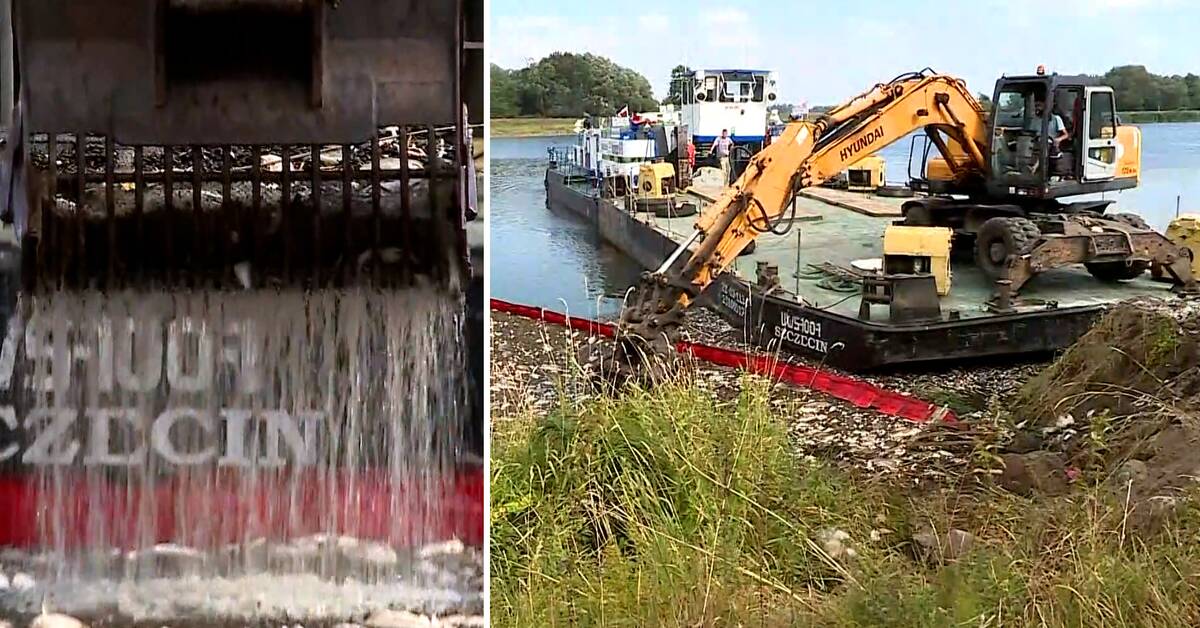A month after the first alarm, there is still no definitive answer to what caused the fish deaths in the Oder River, which runs along the border between Poland and Germany.
While hundreds of tons of dead fish have been hauled up, previous theories about, among other things, mercury emissions have been ruled out one by one.
On Thursday, Poland's Environment Minister Anna Moskwa presented a new prime suspect.
Water samples had shown high levels of a specific algae, which was then confirmed by researchers in Berlin.
- We are sure that there is a direct connection between the algae and the death of the fish, said Moskwa.
Emissions may still be behind
The algae in question releases a toxic substance to avoid being eaten, which can then be taken up by the gills of fish.
But the fact that Prymnesium parvun, as the algae is called, was found in a freshwater river surprises the researchers.
- Normally it is a brackish water species.
Around Sweden, it is more common for it to appear on the west coast where there are higher salinities, says algae researcher Helena Höglander at Stockholm University.
At the same time, the finding is in line with previous water samples, which showed elevated salinity levels in the Oder.
Where the salt comes from is still a mystery.
- It may partly be about emissions from industries.
Since then, there has also been drought in many areas.
If you then have high salt levels from the beginning, it becomes even more concentrated.
"A triple effect"
However, Höglander sees it as unlikely that toxins from algae would be the only explanation for the fish death.
Summer heat and high salinities may also have had a direct impact.
- There will be several stress factors that add to each other, and then it may happen that the fish are less resilient.
There will be a triple effect of temperature, salt and poison, she says.
Germany's Ministry of the Environment makes the same assessment.
According to spokesperson Andreas Kübler, no substance found so far could have caused such extensive fish deaths on its own.
- It seems to be a cocktail of chemicals, he tells AP.

